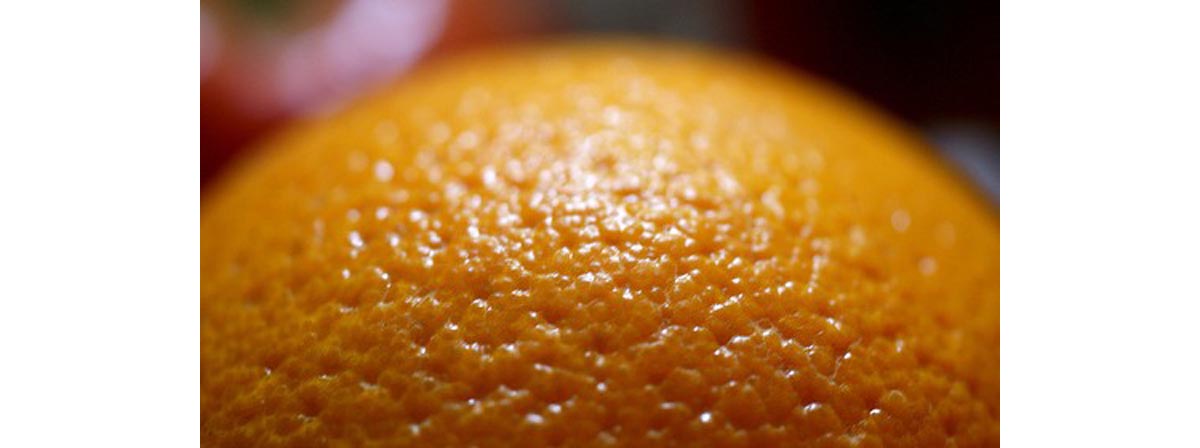Table of Contents
An additional complication in the treatment of cellulite is the lack of generally accepted and readily available techniques to measure and monitor its symptoms. Such approaches as ultrasonography, laser Doppler flowmetry, thermography, measurements of mechanical skin parameters, and magnetic resonance imaging are expensive and require further investigation and standardization. As a result, the simple tape measurement of circumference remains one of the best practical choices. Fortunately, the appearance of cellulite can be easily evaluated visually.

Most researchers who reviewed the available treatment options for cellulite concluded that the design of the majority of anti-cellulite products for systemic and topical use has questionable scientific foundation and unproven efficacy. Hundreds of clinical trials were conducted for hundreds of tested products but literally none of the trials gained the statistically significant results or showed cure of the condition. Some trials found visible improvements, some showed discordant results or no results at all.
The best available nonsurgical options for treating cellulite
The cellulite treatment strategies can be separated into three categories according to the targeted pathological processes. The strategies might aim to improve micro-circulation and water retention in the affected areas, to induce the localized fat loss, and to improve the connective septa structure. Many physical and mechanical methods are developed for micro-circulation and lymphatic drainage normalization. They include iontophoresis, ultrasound treatment, thermotherapy, pressotherapy, lymphatic drainage, infrared treatment and electrophoresis. It seems that massage, and lymphatic drainage massage in particular, are the most recognized and safe options. However, to maintain better cellulite appearance the massage has to be continuous.
Topical creams containing herbal extracts also serve the purpose. Creams often contain so-called thermogenesis-inducing compounds such as caffeine, aminophylline and theophylline which allow both the reducing of local swelling and the inducing of the local fat loss. Creams also could be used in combination with oral supplements serving to induce weight loss through thermogenic mechanism. Last approach targets the structure and elasticity of skin to lessen the cellulite appearance.
Retinoic acid and retinol are some of the most often employed components of the creams. These compounds are well known as anti-aging agents. They improve the collagen synthesis in the skin. However, the concentrations of these compounds which are considered safe for atopic treatment are far from effective. Unfortunately, retinoic acid and retinol can be toxic in higher concentrations.
Other supplements that advance the connective tissue health include monounsaturated and polyunsaturated fatty acids. They are currently being tested in animal models and in the short-term clinical trials.
More research needed
Despite the fact that cosmetic industry in the USA alone makes billions of dollars annually by selling the anti-cellulite products, scientists and researchers still have no clear and certain view on how the condition should be treated and which methods are effective. At present time, the complete and effective cure for cellulite simply does not exist. In a significant degree, the lack of solution is caused by the lack of proper scientific research on cellulite.
- Emanuele E. (2011) Toward a molecular understanding of cellulite: facts, controversies, and future directions. J Am Acad Dermatol. 64(2):439
- Wassef C, Rao BK (2012) The science of cellulite treatment and its long-term effectiveness. J Cosmet Laser Ther. 14(2):50-8
- Khan MH, Victor F, Rao B, Sadick NS (2010) Treatment of cellulite: Part I. Pathophysiology. J Am Acad Dermatol. 62(3):361-70
- Khan MH, Victor F, Rao B, Sadick NS (2010)Treatment of cellulite: Part II. Advances and controversies. J Am Acad Dermatol. 62(3):373-84
- Pugliese PT (2007)The pathogenesis of cellulite: a new concept. J Cosmet Dermatol. 6(2): 140-2
- Rosenbaum M, Prieto V, Hellmer J, Boschmann M, Krueger J, Leibel RL, Ship AG (1998)An exploratory investigation of the morphology and biochemistry of cellulite. Plast Reconstr Surg. 101(7): 1934-9
- Rossi AB, Vergnanini AL. (2000)Cellulite: a review. J Eur Acad Dermatol Venereol. 14(4): 251-62.
- Photo courtesy of MikeMunoz39 by Wikimedia Commons : commons.wikimedia.org/wiki/File:Leg_cellulite.jpg
- Photo courtesy of dion gillard by Flickr : www.flickr.com/photos/diongillard/2460491143/


Your thoughts on this